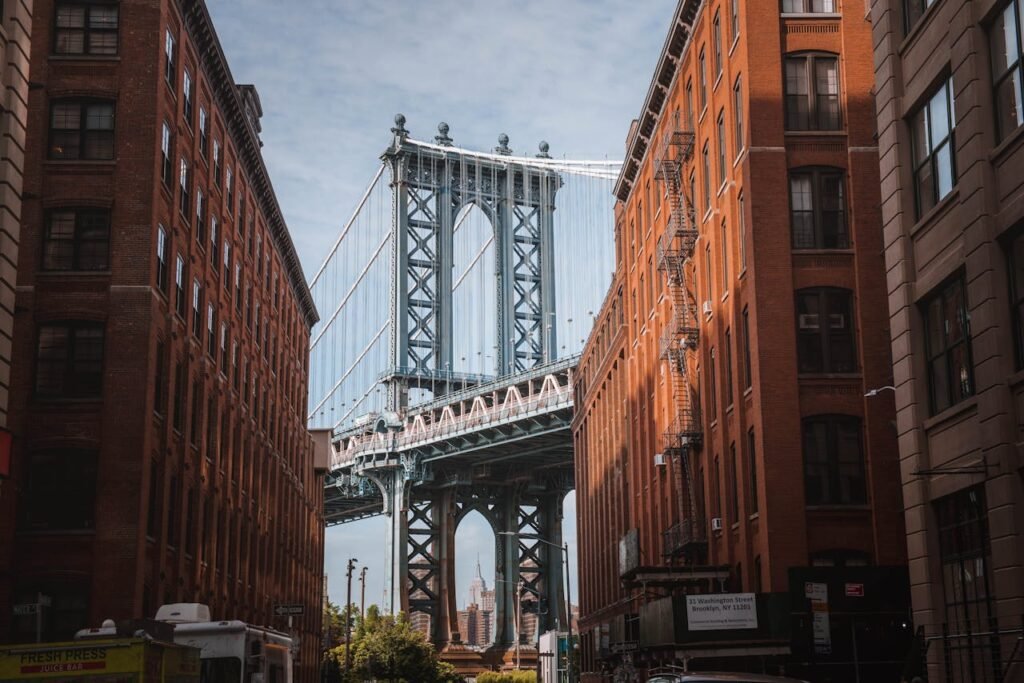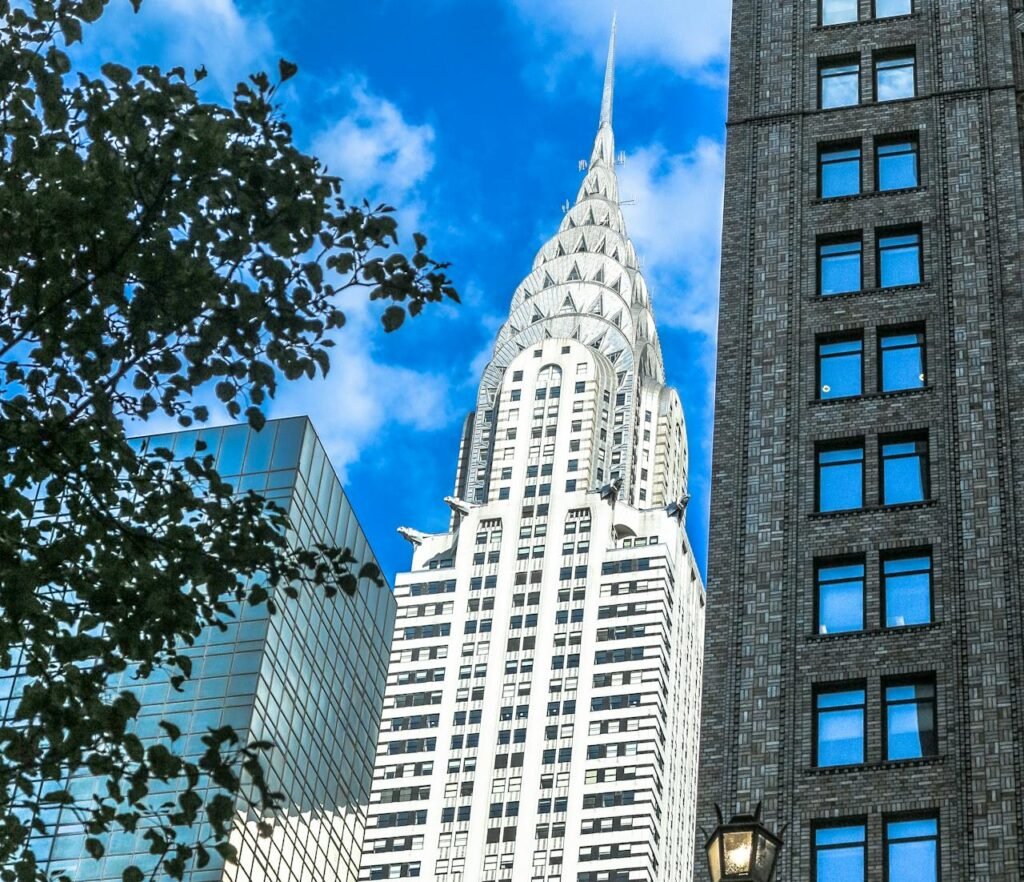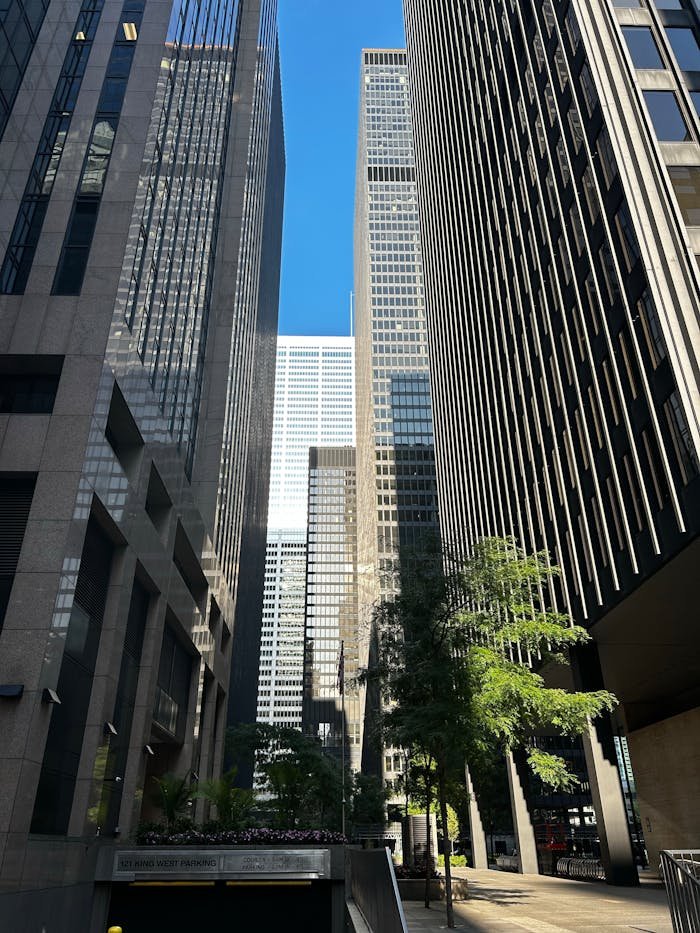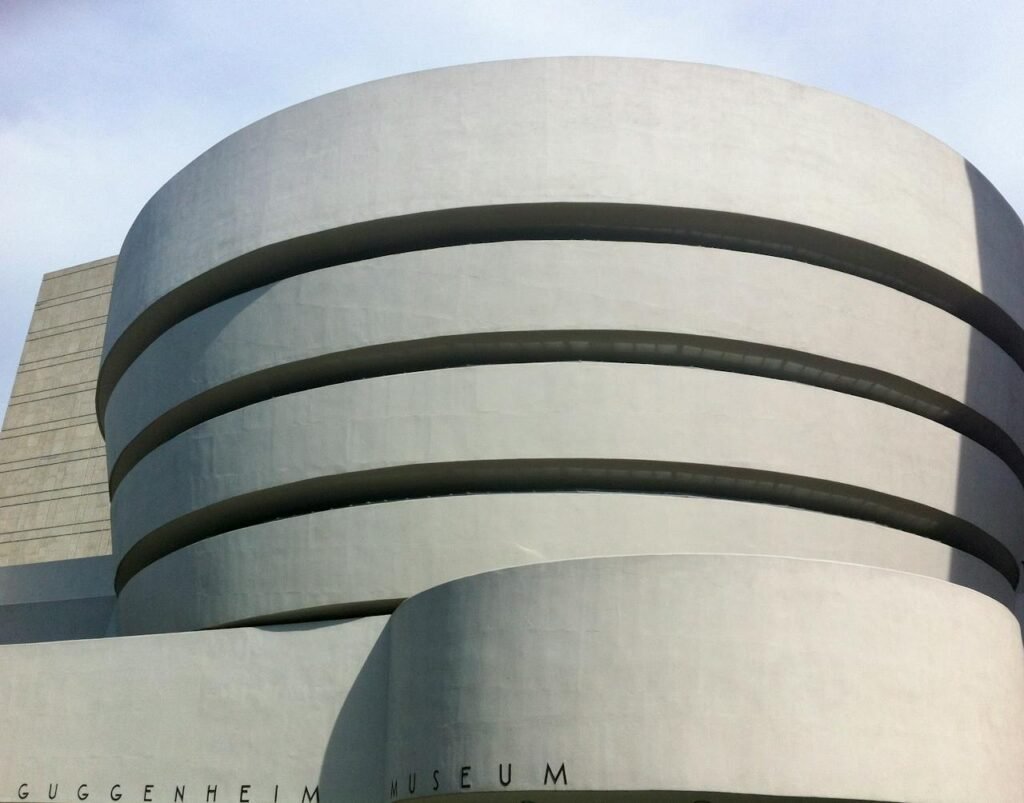New York City’s skyline is a testament to human creativity and ambition. From the charming brownstones of Brooklyn to the soaring skyscrapers of Manhattan, the Big Apple’s architecture tells a story of innovation, diversity, and timeless style. But what if we could translate this architectural marvel into the digital realm? Welcome to the world of NYC architecture-inspired web design, where the principles of brick and steel meet the flexibility of code and pixels.
Introduction: Where Concrete Meets Code
Just as New York’s buildings shape the city’s identity, your website’s design shapes your digital presence. By drawing inspiration from NYC’s iconic architecture, we can create websites that are not just functional, but also deeply rooted in the city’s rich cultural tapestry.
Get rock-solid web hosting with Hostinger! Enjoy 70% off, blazing speeds, and the reliability you need. Use our referral link to get your deal!
Imagine scrolling through a website that evokes the same awe as standing at the base of the Empire State Building, or navigating a user interface with the same ease as strolling through Central Park. This is the power of architecture-inspired web design – it creates digital experiences that resonate on a profound, almost subconscious level.
Architectural Styles and Their Web Design Translations
Let’s explore how different architectural styles that define NYC’s landscape can be translated into compelling web design principles.
Brownstone Revival: Minimalism with a Touch of History

Brooklyn’s iconic brownstones are known for their warm, inviting facades and classic elegance. In web design, this translates to:
- Minimalist Design: Clean layouts with plenty of white space, mirroring the uncluttered, classic look of brownstone interiors.
- Warm Color Palettes: Rich, earthy tones like deep browns, warm greys, and muted reds that evoke the brownstone’s signature hue.
- Classic Typography: Serif fonts for headings, paired with sans-serif body text, echoing the mix of ornate and practical elements in brownstone architecture.
Example: A law firm’s website using a clean layout with warm, wood-inspired background textures and classic serif fonts for an established, trustworthy feel.
Art Deco: Glamour of the Roaring Twenties

The Chrysler Building stands as a shining example of Art Deco architecture. Here’s how to bring its jazz-age glamour to the web:
- Geometric Shapes: Use bold, symmetrical patterns and shapes in your design elements.
- Bold Lines: Incorporate strong, clean lines to divide content and guide the eye.
- Metallic Accents: Add touches of gold, silver, or bronze to convey luxury and sophistication.
Example: A high-end restaurant website featuring bold, geometric patterns in the background, metallic gold accents for buttons and icons, and a sleek, streamlined layout.
Modernist: Form Follows Function

The Seagram Building, designed by Mies van der Rohe, embodies the modernist principle of “less is more.” In web design, this translates to:
- Clean Lines: Straight, uncluttered layouts that prioritize content over decoration.
- Open Spaces: Generous use of white space to create a sense of openness and focus.
- Emphasis on Functionality: Intuitive navigation and clear calls-to-action, prioritizing user experience.
Example: A tech startup’s website with a grid-based layout, plenty of white space, and a focus on clear, concise content presentation.
Postmodern: Breaking the Rules with Style

The Guggenheim Museum, with its unique spiral design, represents the playful, rule-breaking spirit of postmodern architecture. In web design, this can be expressed through:
- Playful Asymmetry: Unconventional layouts that challenge traditional grid systems.
- Unexpected Color Combinations: Bold, contrasting color schemes that grab attention.
- Eclectic Elements: Mixing different design styles and elements for a unique, memorable look.
Example: An art gallery website with an asymmetrical layout, bold color blocks, and a mix of classic and modern typography.
Case Studies: NYC Websites Inspired by Architecture
Let’s explore some real-world examples of NYC-based websites that have successfully incorporated architectural inspiration into their design.
1. The High Line: Urban Renewal in Digital Form
The High Line’s website (thehighline.org) beautifully captures the essence of this elevated park’s industrial-chic aesthetic. The design features:
- Clean, horizontal layouts reminiscent of the park’s linear structure
- A color palette inspired by the natural and industrial elements of the park
- Large, immersive photography that gives visitors a sense of being there
2. One World Observatory: Reaching Digital Heights
The One World Observatory website (oneworldobservatory.com) translates the awe-inspiring height of One World Trade Center into a vertical-scrolling experience:
- Long, vertical scrolling pages that mimic the ascent to the observatory
- Sleek, modern design with plenty of white space, echoing the building’s aesthetic
- Stunning aerial photography and 360-degree views integrated seamlessly into the design
3. Brooklyn Museum: A Digital Canvas for Art and Architecture
The Brooklyn Museum’s website (brooklynmuseum.org) draws inspiration from both its vast collection and its Beaux-Arts building:
- A grid-based layout that organizes content like a curator arranges an exhibit
- Bold typography and color accents that stand out against a clean white background
- Interactive elements that encourage exploration, much like the museum itself
Tips for Incorporating NYC Architecture into Your Web Design
Ready to infuse your website with some New York architectural flair? Here are some practical tips to get you started:
1. Choose a Style That Aligns with Your Brand
Just as different architectural styles suit different purposes, choose an NYC-inspired design that reflects your brand’s personality. A law firm might lean towards the classic elegance of a brownstone-inspired design, while a tech startup might prefer the sleek modernity of a glass-and-steel skyscraper aesthetic.
2. Use Architectural Elements as Visual Metaphors
Incorporate architectural elements metaphorically in your design. For example:
- Use a grid system inspired by city blocks to organize your content
- Create depth with parallax scrolling effects that mimic the experience of looking up at a skyscraper
- Design your navigation to feel like exploring different floors of a building
3. Create a Sense of Place with Photography and Video
Leverage high-quality images and video of NYC architecture to create a strong sense of place:
- Use a video background of bustling city streets or iconic buildings
- Incorporate cinemagraphs that capture small, animated details of city life
- Feature stunning architectural photography in your headers or backgrounds
4. Don’t Sacrifice Usability for Aesthetics
While it’s exciting to draw inspiration from NYC’s bold architecture, remember that your website needs to be functional first:
- Ensure that your architectural-inspired design elements don’t impede navigation or readability
- Maintain a balance between visual interest and ease of use
- Test your design across different devices to ensure responsiveness
How Affordable Web Design Experts Can Help
Translating architectural inspiration into effective web design requires a delicate balance of creativity and technical skill. Our team of affordable web design experts specializes in creating unique, NYC-inspired websites that capture the essence of your brand while ensuring optimal functionality.
We can help you:
- Identify the perfect architectural style to align with your brand identity
- Create custom design elements that pay homage to NYC’s iconic buildings
- Develop responsive layouts that look great on everything from smartphones to desktop monitors
- Optimize your site for speed and performance, ensuring it loads as fast as a New Yorker walks
Whether you’re a small Brooklyn boutique or a Manhattan corporate giant, we have the expertise to build you a website that stands as tall as the city’s most iconic skyscrapers – without the sky-high price tag.
Conclusion: Building Digital Skyscrapers
In a city known for pushing boundaries and redefining possibilities, why should your website be any different? By drawing inspiration from New York’s rich architectural tapestry, we can create digital experiences that are as diverse, dynamic, and unforgettable as the city itself.
From the warm minimalism of Brooklyn brownstones to the soaring ambition of Manhattan skyscrapers, every architectural style offers unique lessons for web design. By thoughtfully incorporating these elements, your website can stand out in the digital landscape just as New York’s skyline stands out on the global stage.
Remember, great architecture – whether physical or digital – is about more than just aesthetics. It’s about creating spaces that inspire, function flawlessly, and stand the test of time. So, are you ready to construct your digital masterpiece?
Let’s build something extraordinary together – a website that captures the spirit of New York City and takes your online presence to new heights. After all, in the city where dreams are built of steel and glass, who says we can’t build dreams out of pixels and code?









